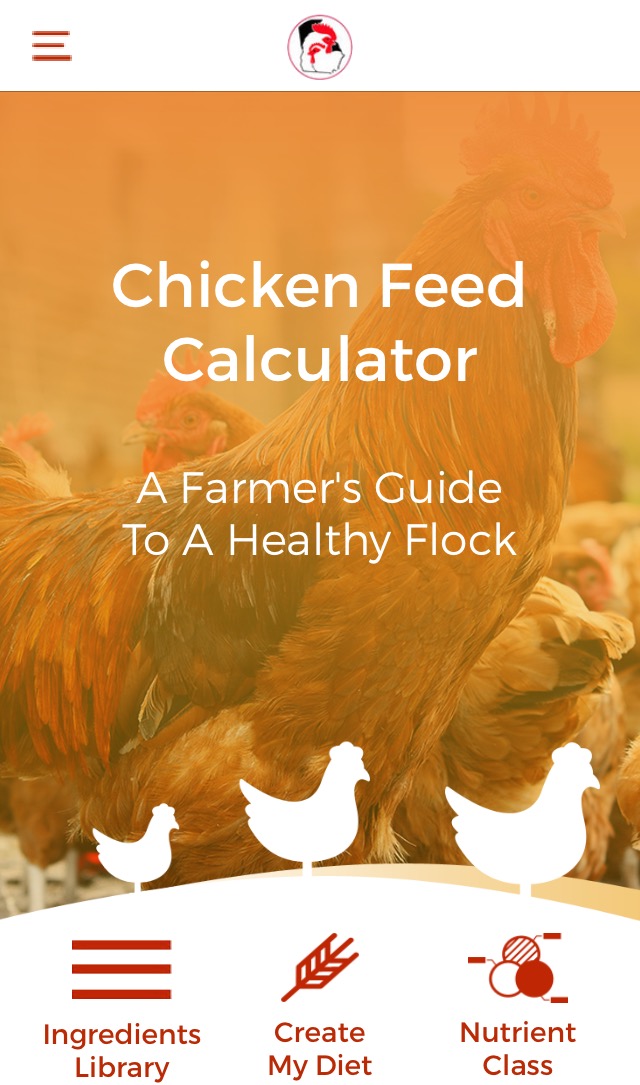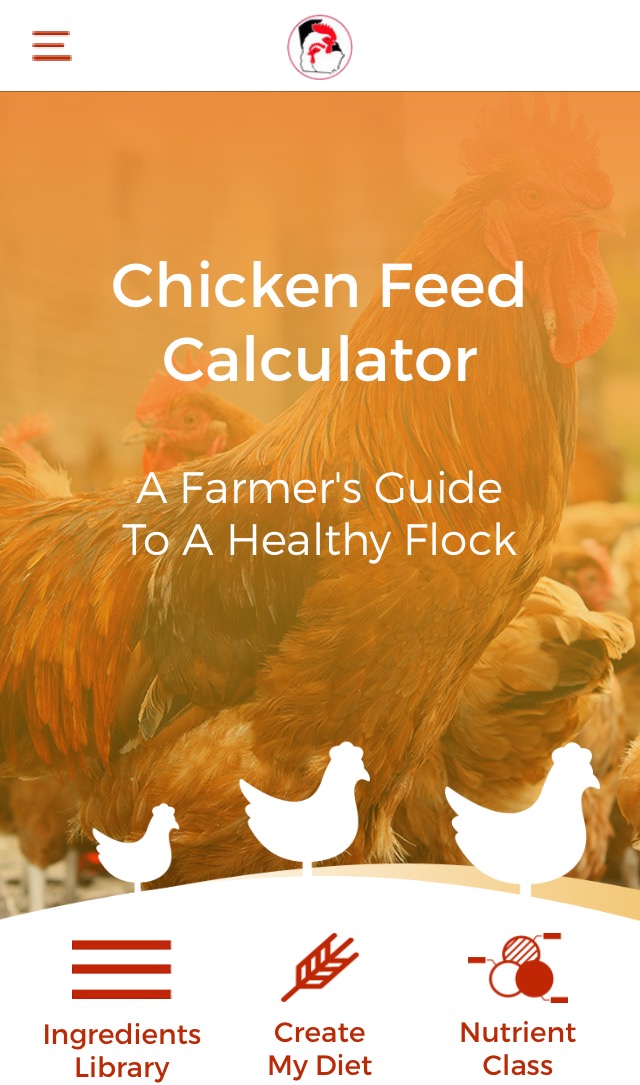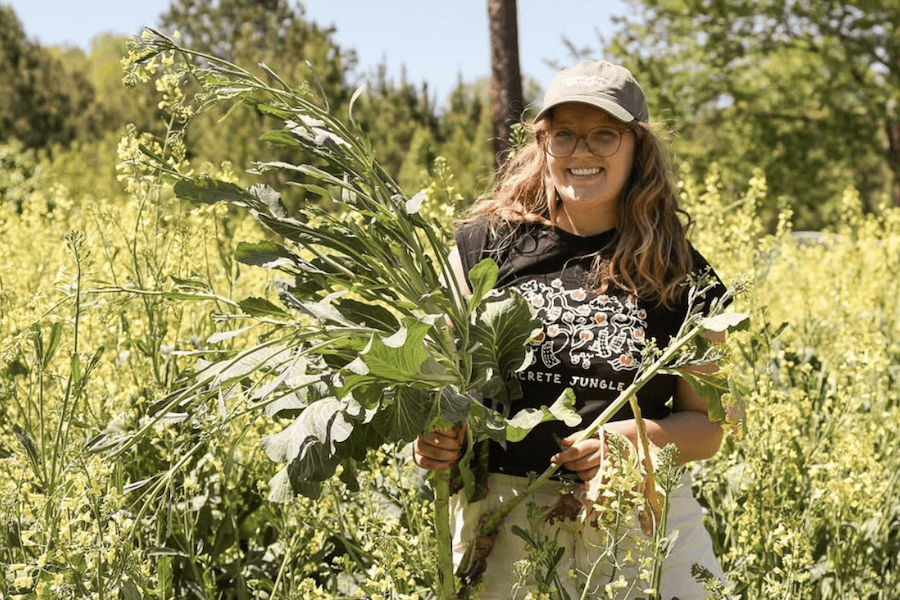Whether you are working with three laying hens in a backyard coop or a farm full of broilers, chickens need proper nutrition to live healthy, low-stress lives.
Providing the correct balance of protein, vitamins and other nutrients can be challenging for those mixing their own feed, and that can lead to malnourished or stressed chickens.
Justin Fowler, an assistant professor in the Department of Poultry Science at the University of Georgia, recently released an app that will help midscale poultry producers mix the right ratio of feed ingredients needed to maintain a healthy flock. FeedMix, funded by a grant from the World Poultry Foundation, was released for both Apple and Android platforms at the end of August.
Fowler, who joined the poultry science department in 2015, developed the app after working with the emerging poultry industry in Ghana. He was one of a delegation of UGA poultry scientists who traveled to Ghana in June 2015 and June 2016 to help the Ghana Association of Poultry Farmers set up a Cooperative Extension-style continuing education program for Ghanaian poultry farmers. The association’s membership — the poultry farmers who invited the team of scientists to Ghana — reported being most interested in more information on nutrition and feed formulation.
After those visits to Ghana, Fowler collaborated with the same developers that produced UGA poultry faculty members and scientists Mike Czarick and Brian Fairchild’s CHKMINVENT app. Together they created a simple app to help producers know exactly what they are feeding their birds when they are on-site, mixing their own feeds.
The number of poultry farms in Ghana is growing, but most farmers only raise a few hundred birds at a time. In 2015, Ghanaian farmers produced about 2.1 million broilers on about 1,508 farms across the country. About 2,900 Ghanaian poultry farms raise laying hens and sell eggs, according to a 2016 study by the U.S. Agency for International Development.
Ghanaian poultry farmers who mix their own feed do so from ingredients that are very similar to U.S. producers’ ingredients — mainly corn and soybean meal. About 57 percent of Ghana's chicken farmers grow at least some of their own feed components on their farms.
During Fowler’s trip to Ghana in June 2016, farmers often asked him about the health of their flocks, and he would reply with questions about the chickens’ nutrition and the amount of protein and calcium provided in their diet.
"They’d tell me, ‘We just make our feed ourselves; we don’t know what nutrients are in it,’” Fowler said. “This app allows them to enter in what they’re mixing into the feed, and it will give them information about the nutrient balance of that mix.”
Gene Pesti , professor of poultry science and animal nutrition at UGA, compiled this information into a series of Excel workbooks, but many small farmers don’t always have access to the desktop or laptop computers needed to use them.
They do, however, have smartphones.
“Pretty much every farmer we talked to had a (smart)phone,” Fowler said. “The advantage of this technology is that it provides immediate feedback to producers who are on a small enough scale that they may not have a good handle on exactly what kind of nutrition they are providing their flocks.”
FeedMix is the second app released by the UGA poultry science department. In 2015, Fairchild, Czarick and fellow UGA poultry faculty member and agricultural engineer John Worley developed CHKMINVENT, an app that allows farmers to enter local climatic conditions and other factors to calculate cooling and ventilation plans for their chicken houses. Farmers in the U.S. and across the globe have downloaded the app more than 1,000 times.
Farmers can find a video tutorial on FeedMix at tinyurl.com/UGAFeedMix.
For more information about the poultry science program at UGA, visit poultry.uga.edu. Find out more about these poultry science apps by searching for them on Apple’s app store or Google Play.








